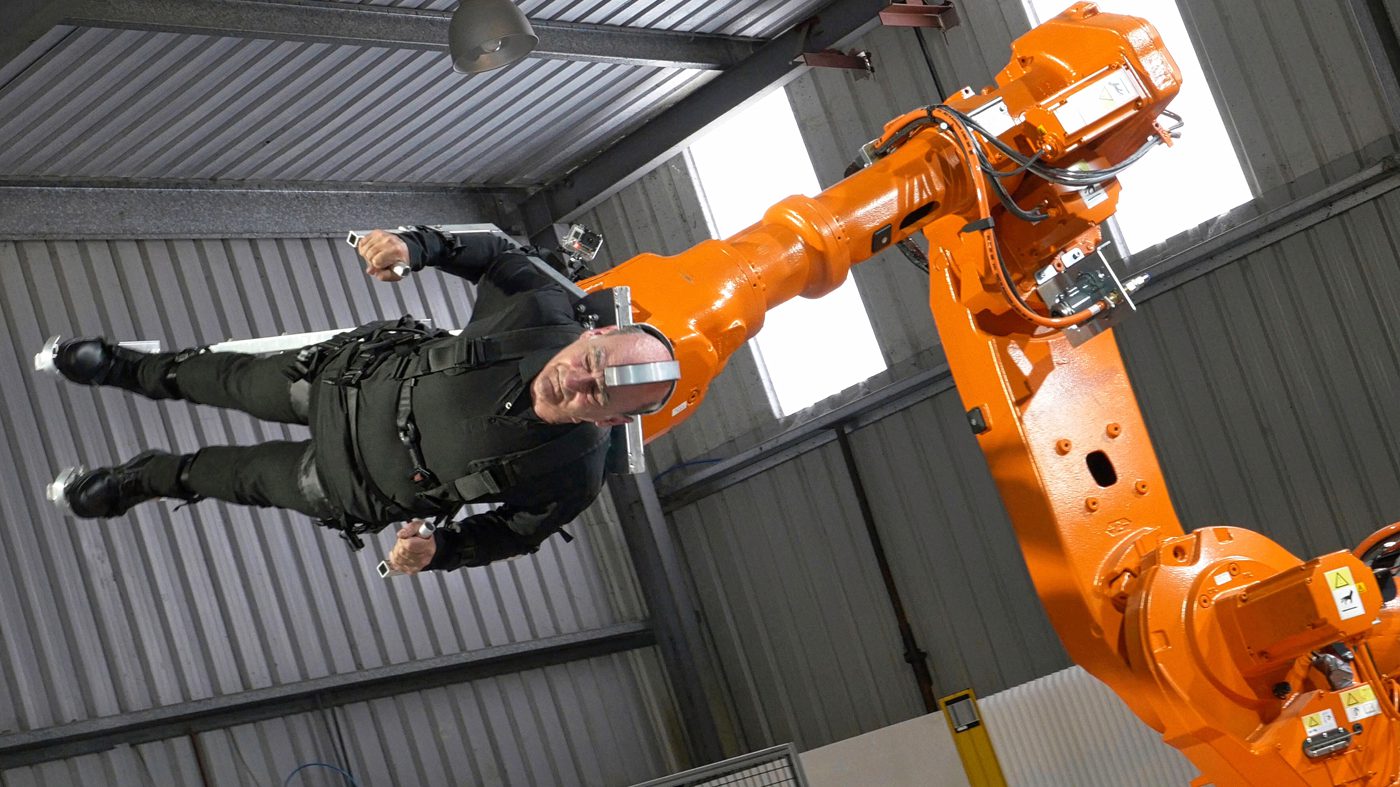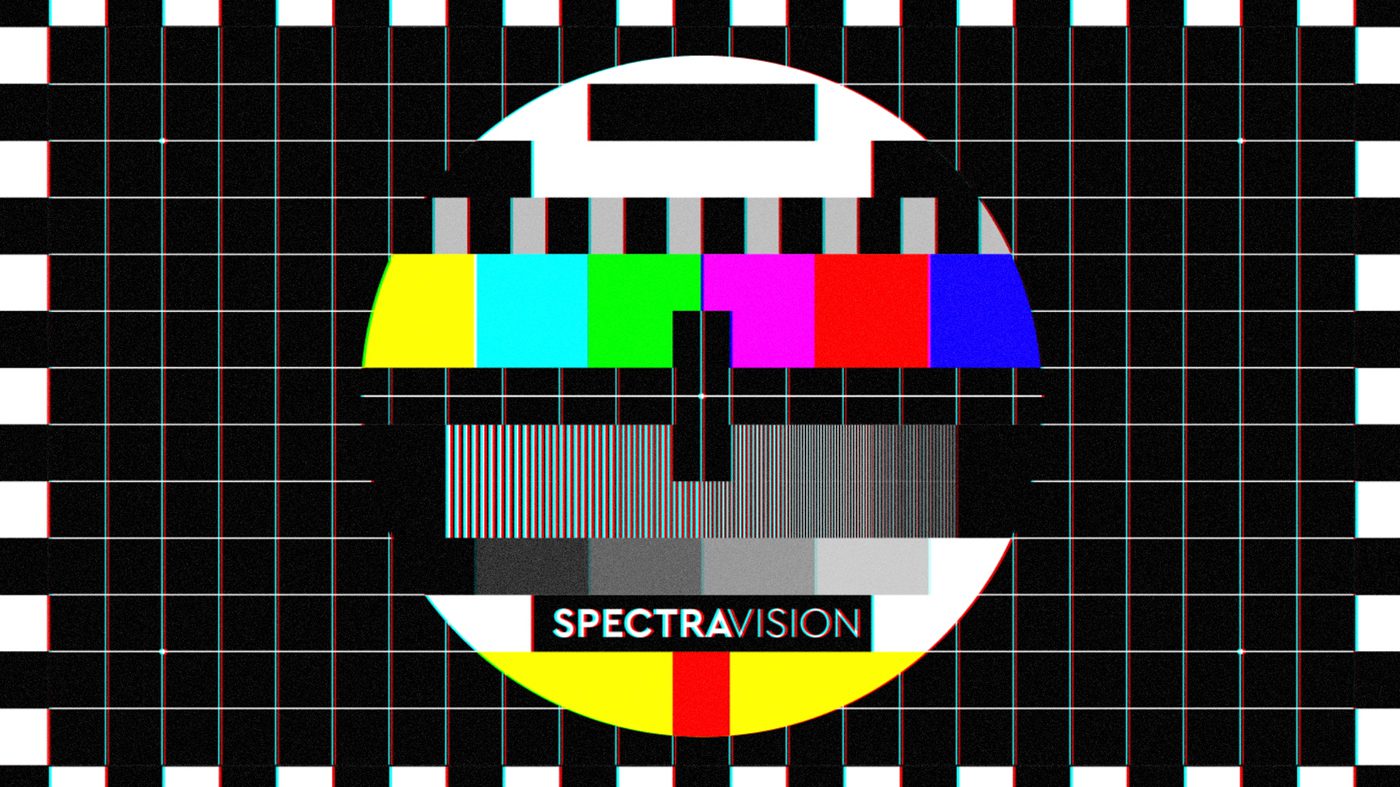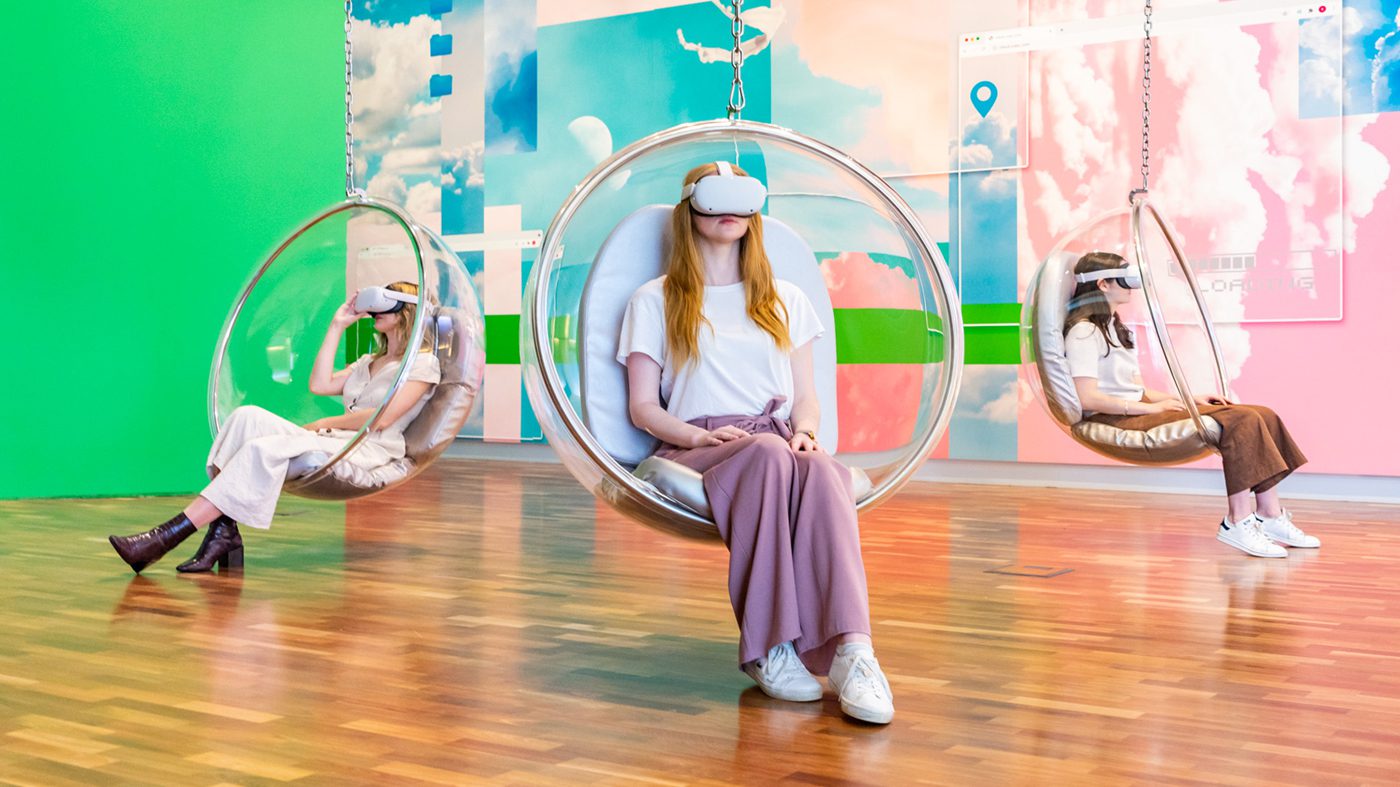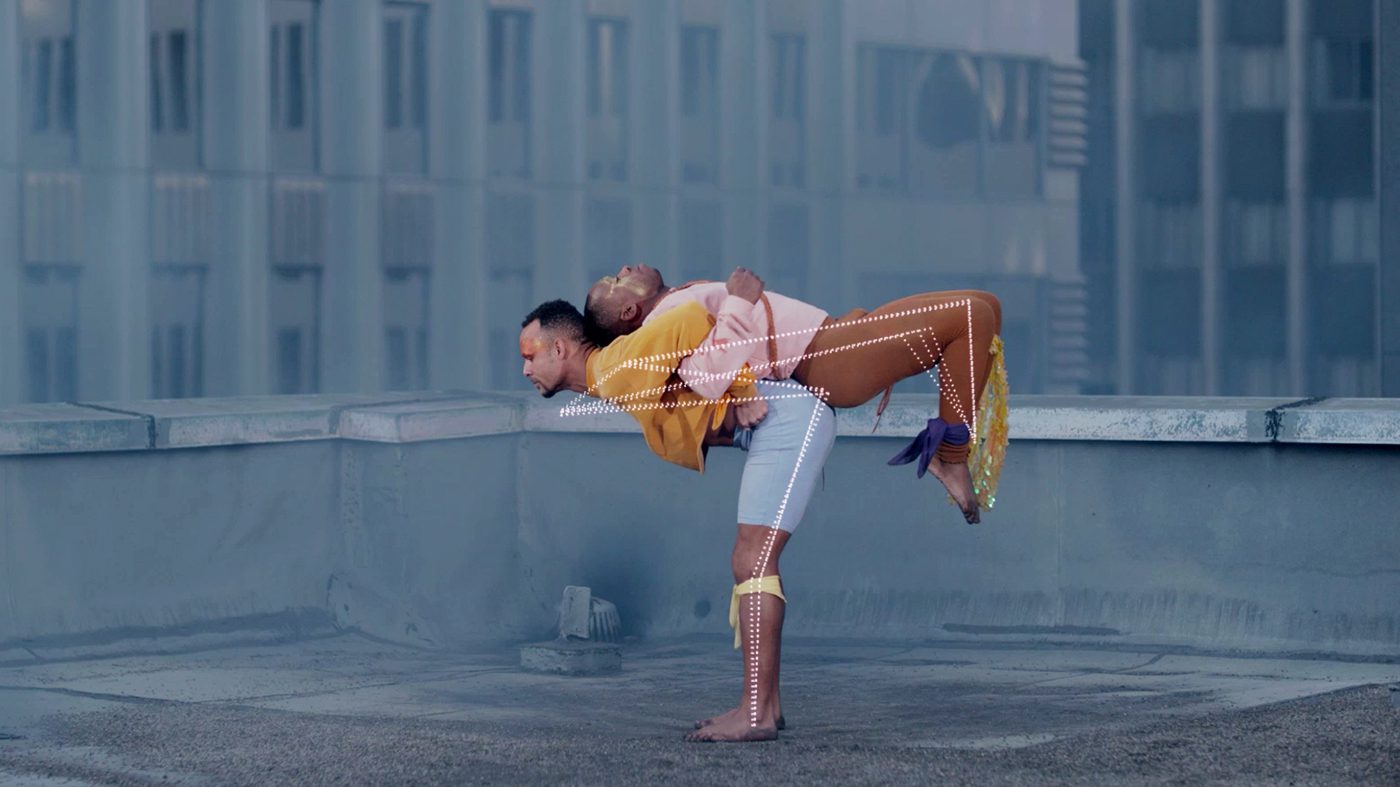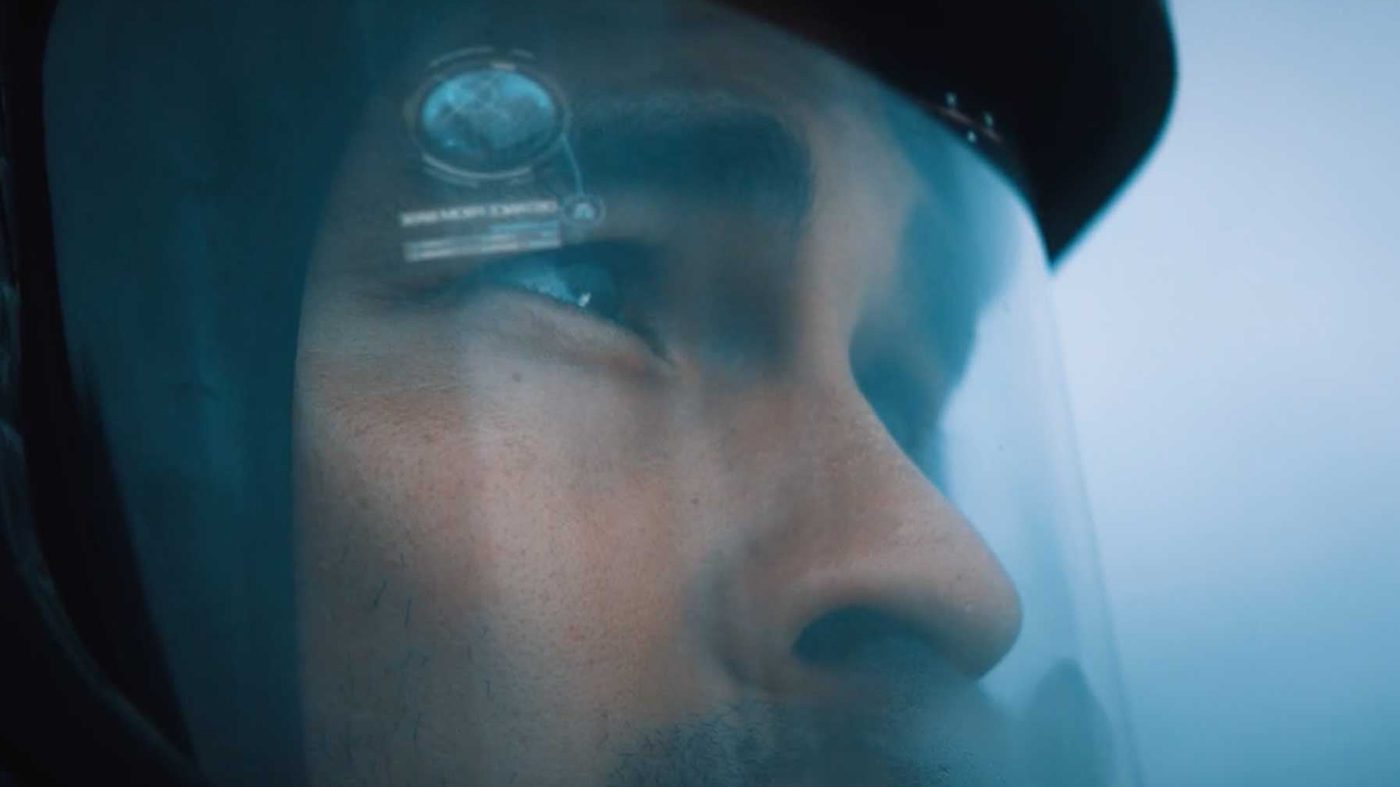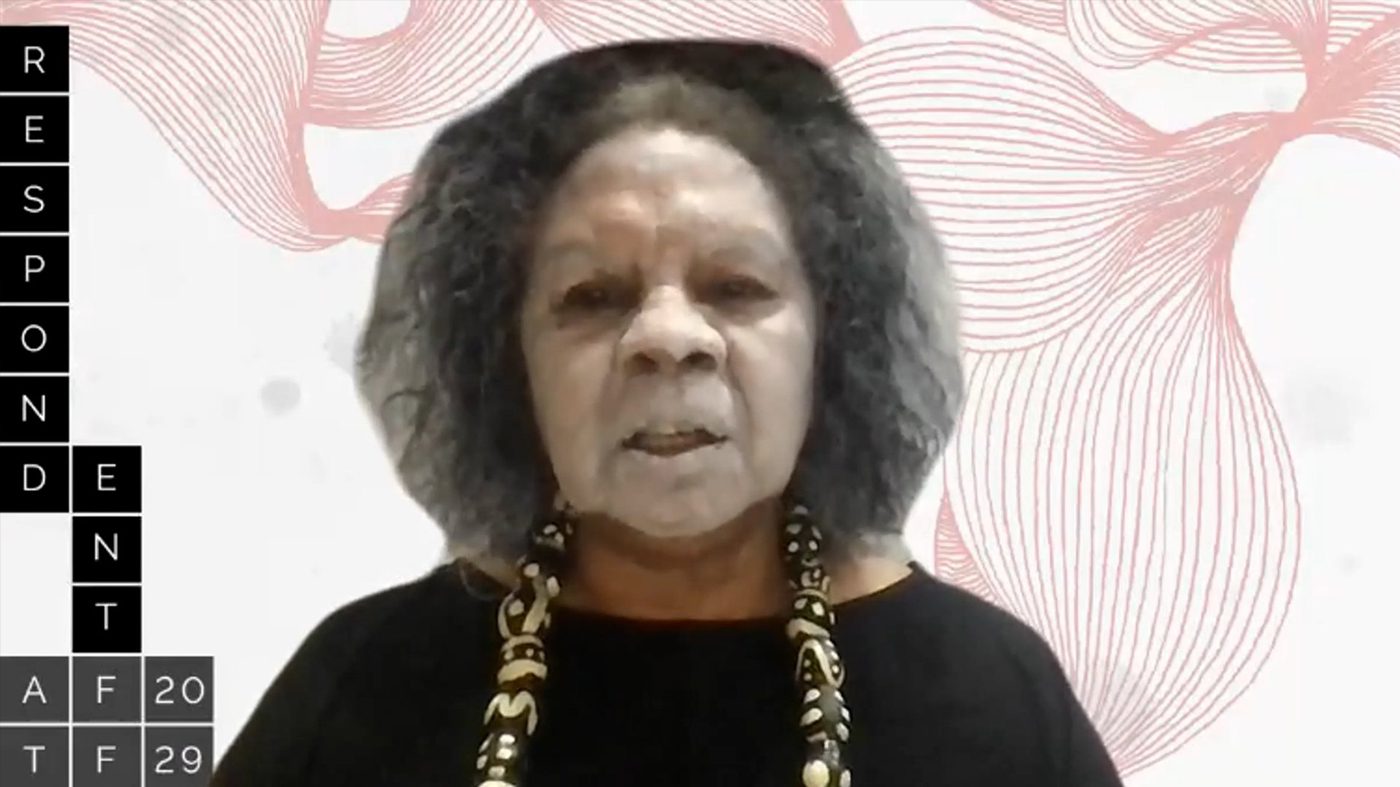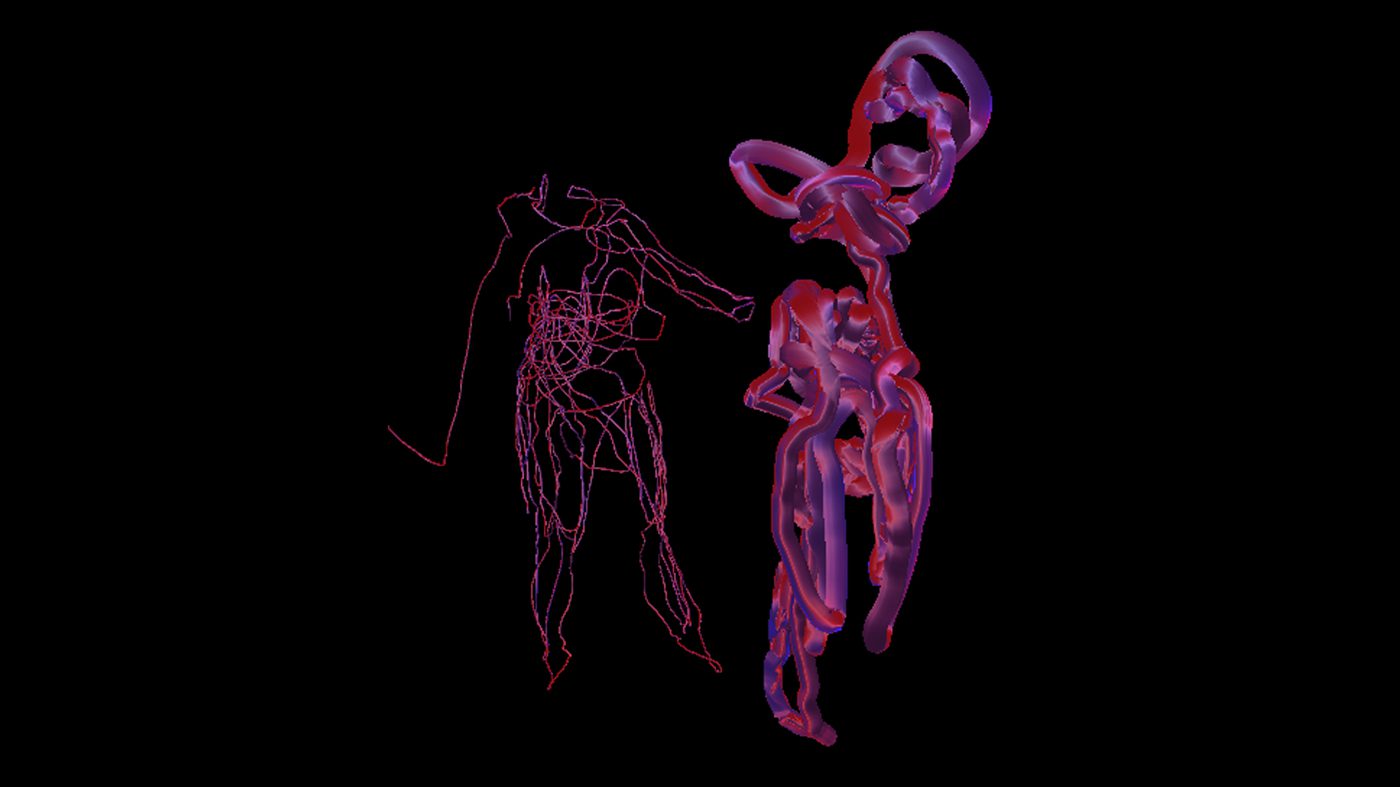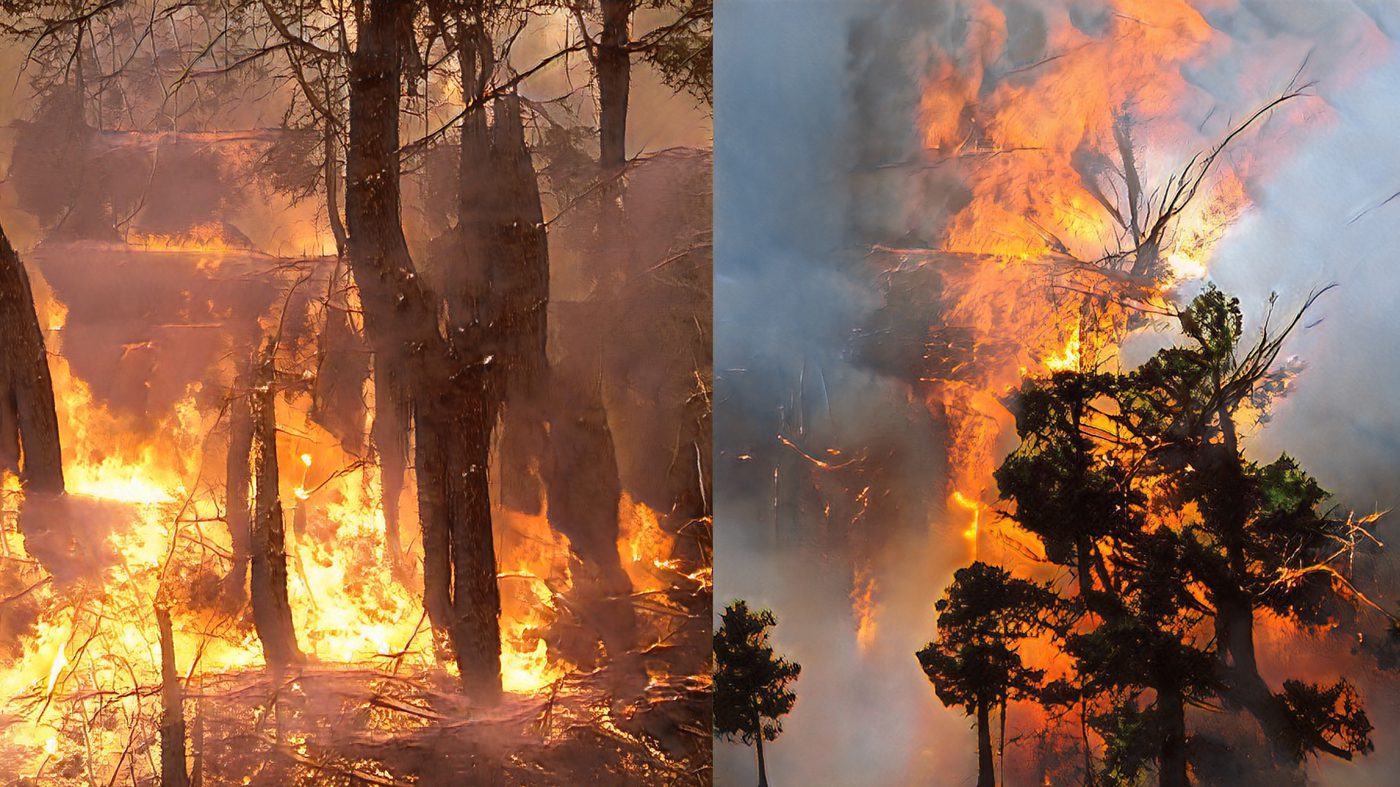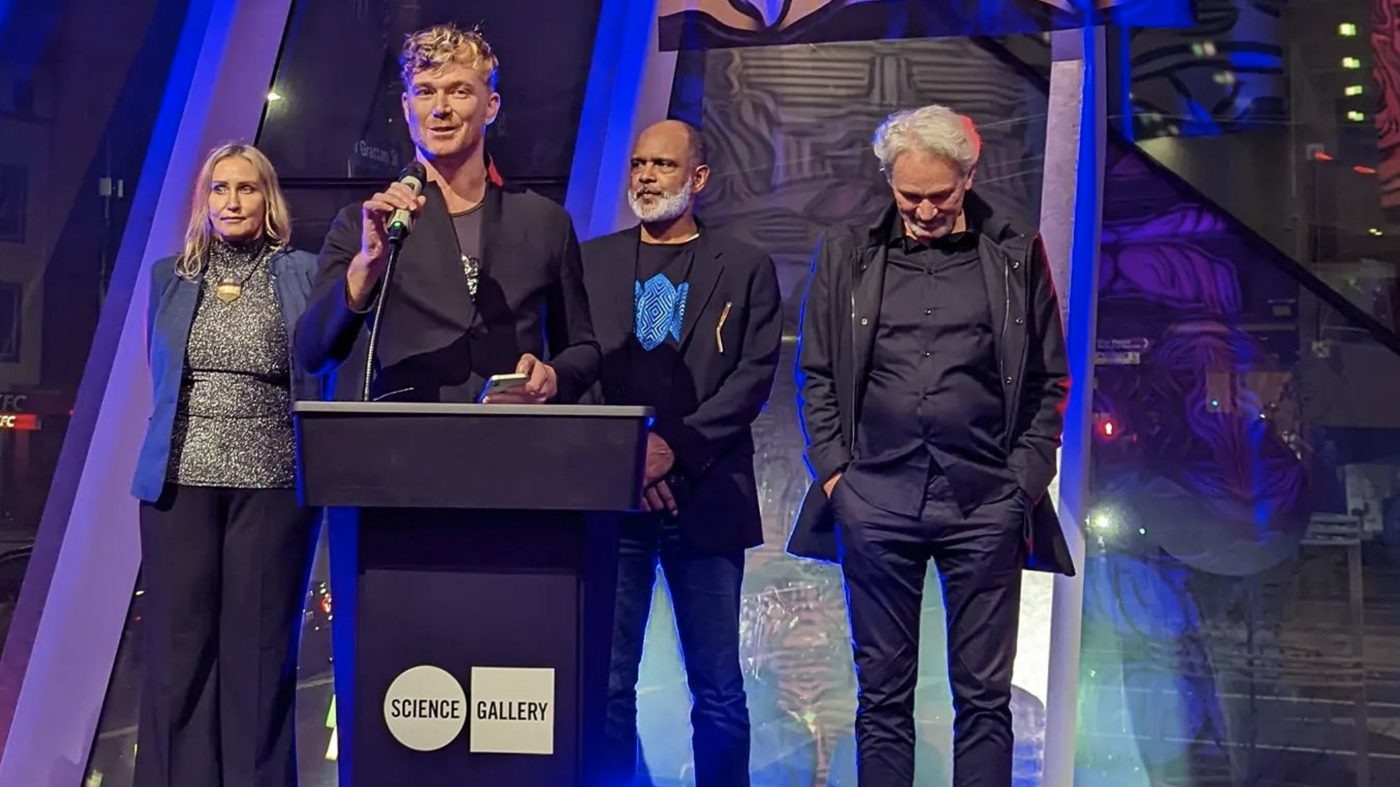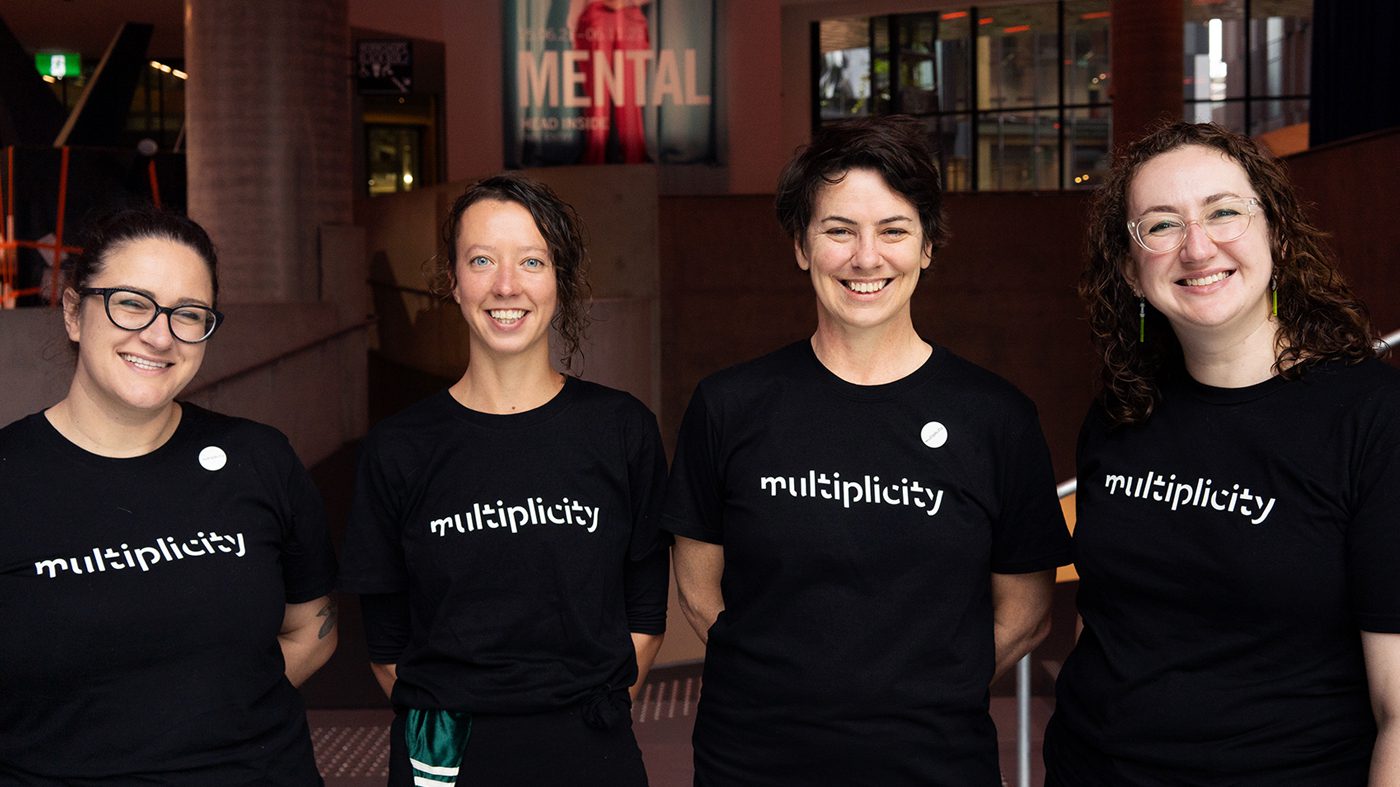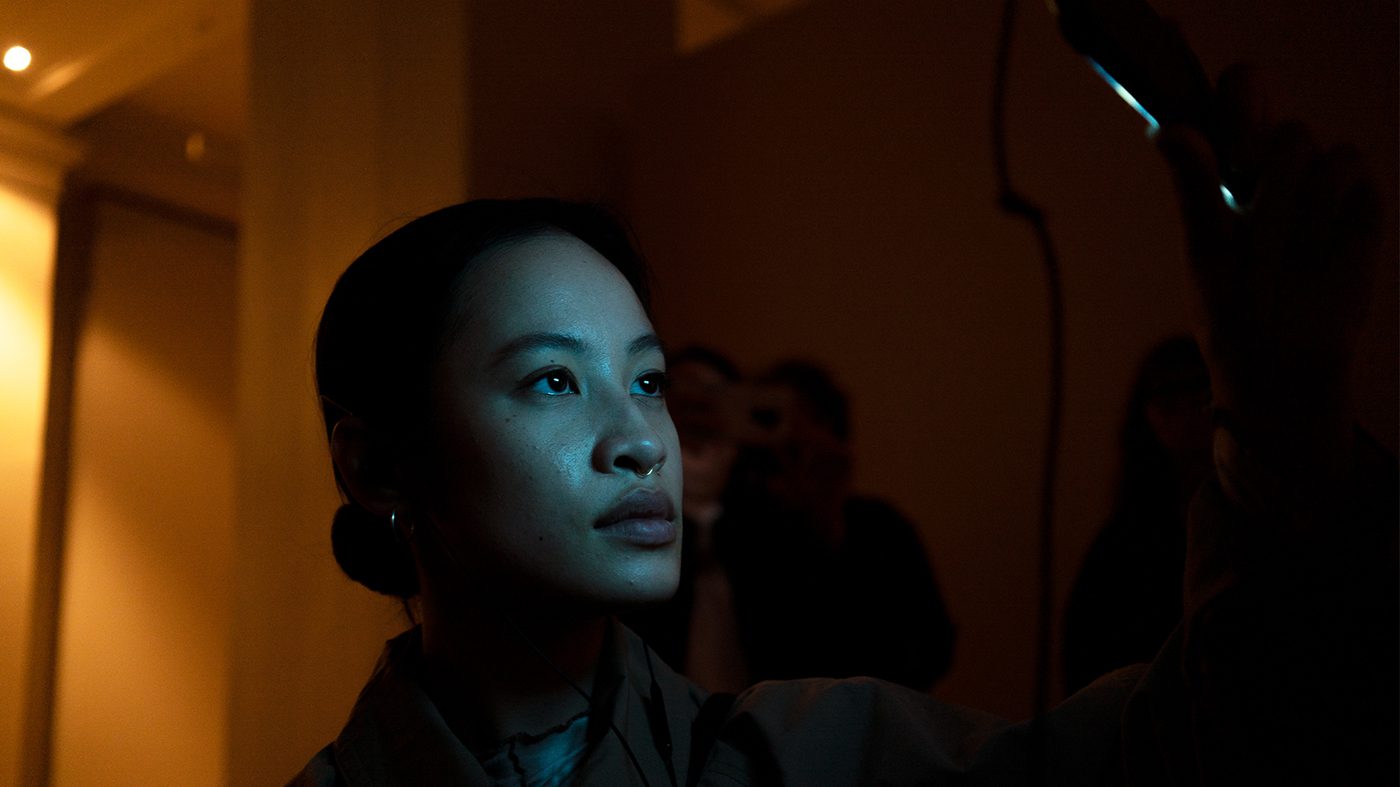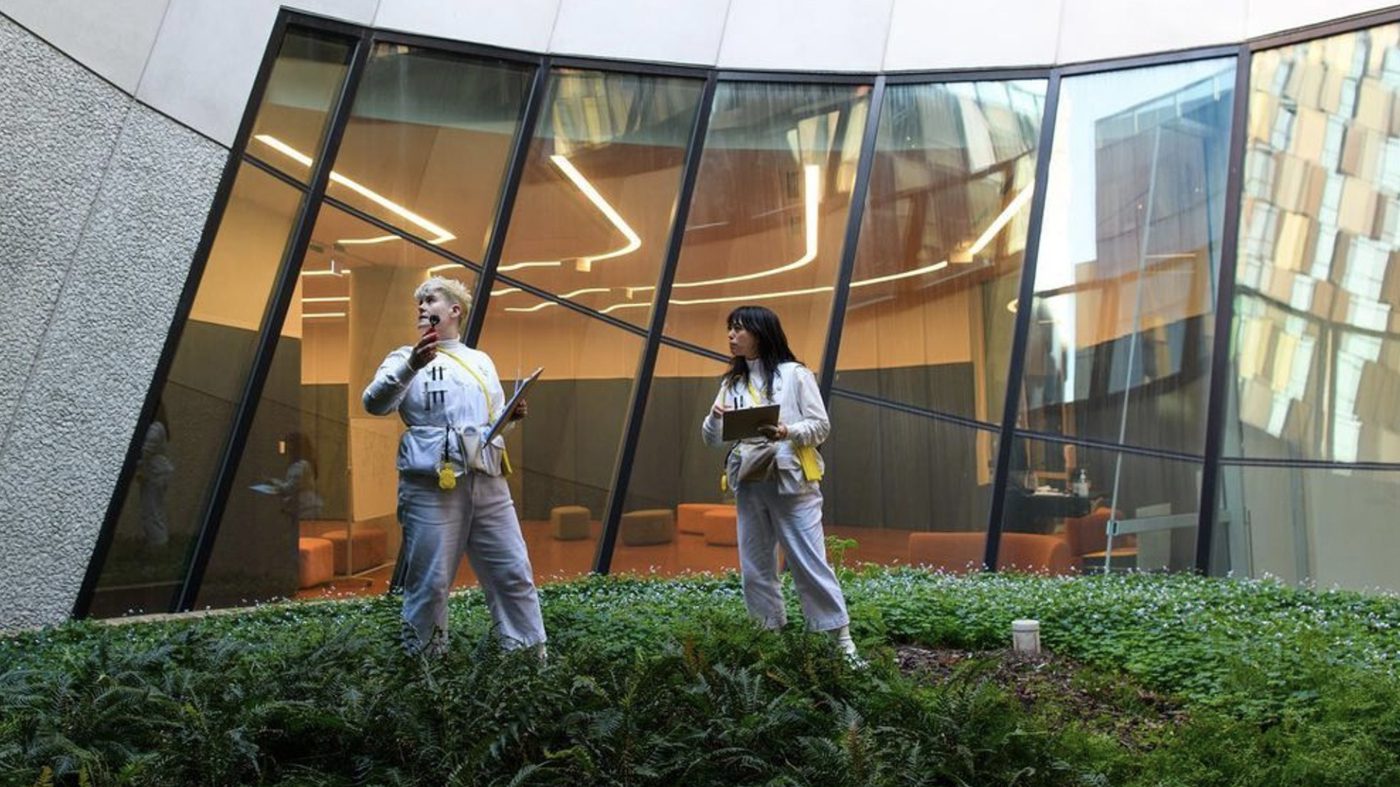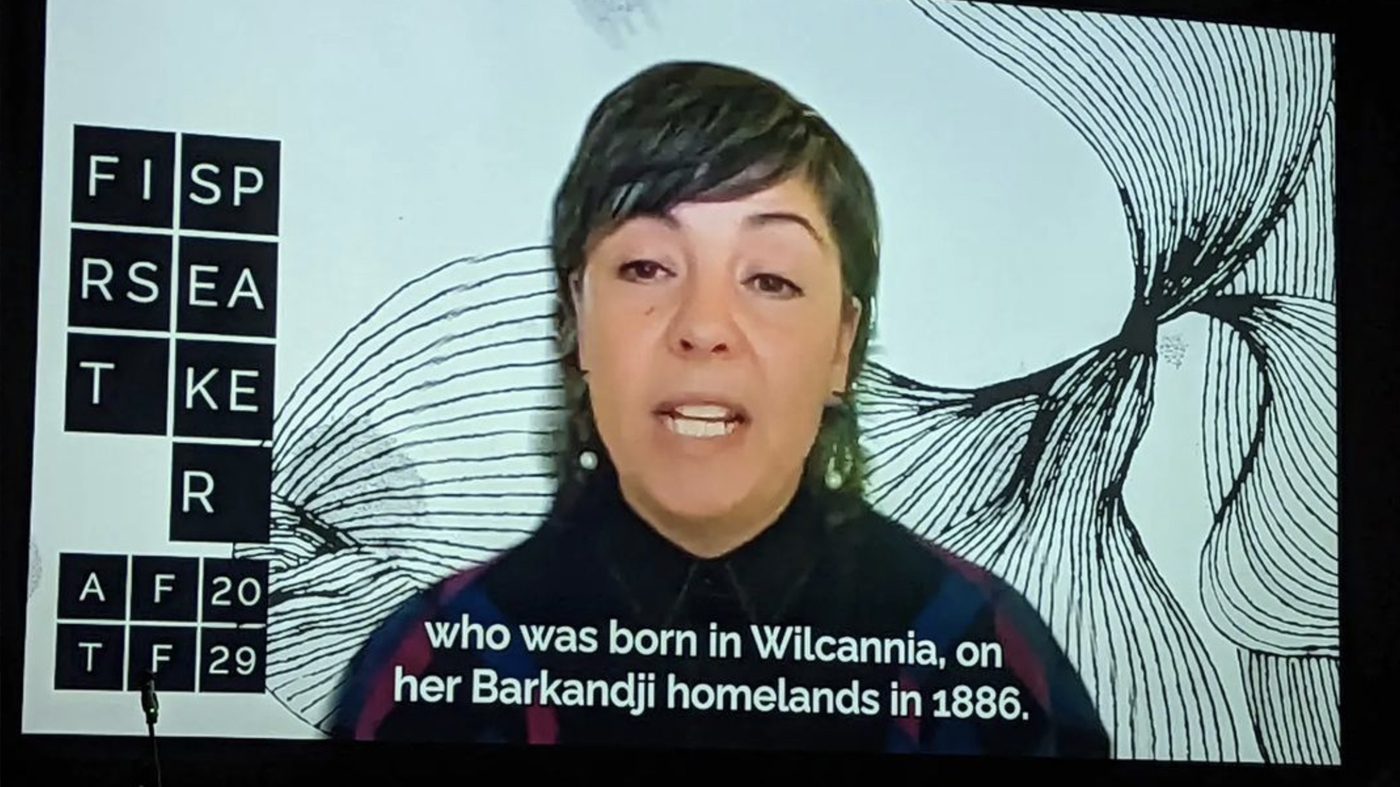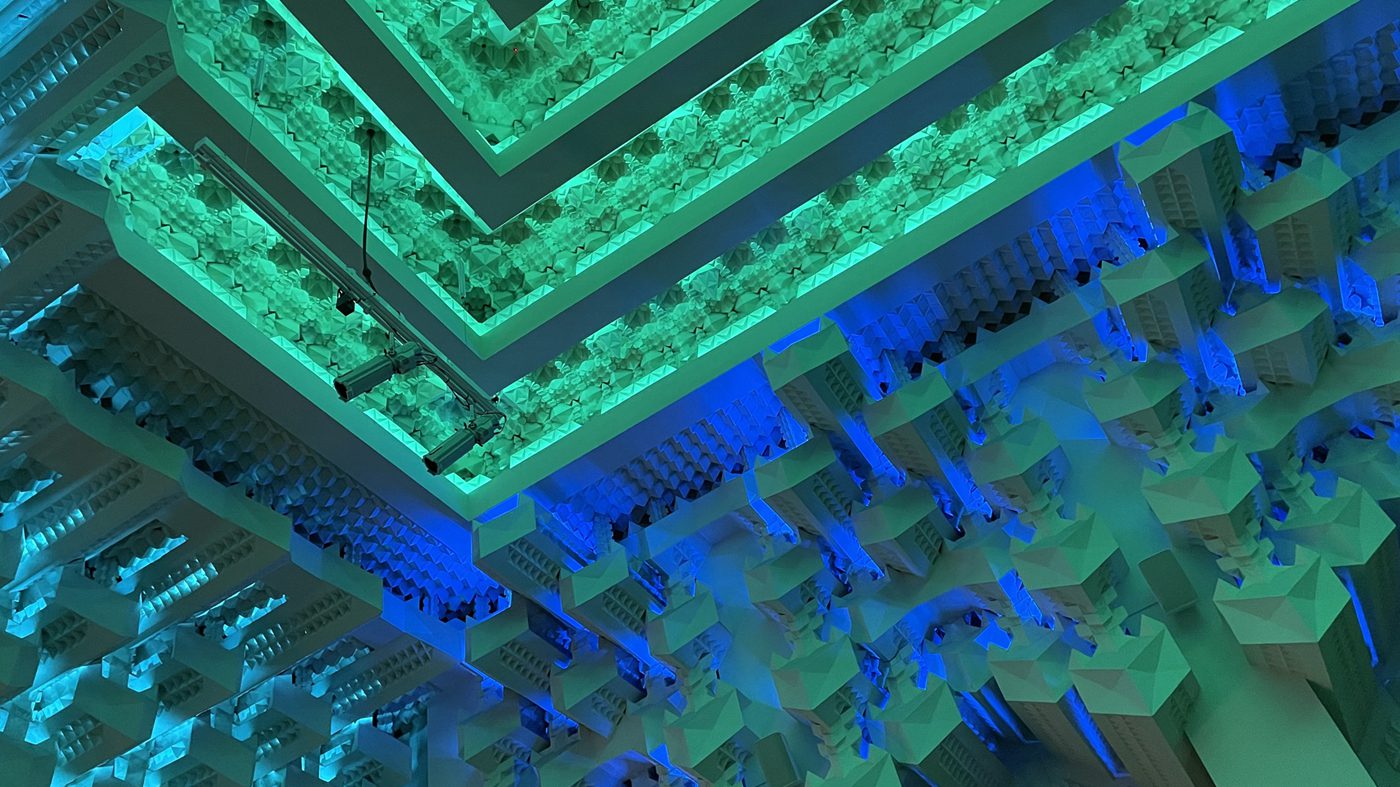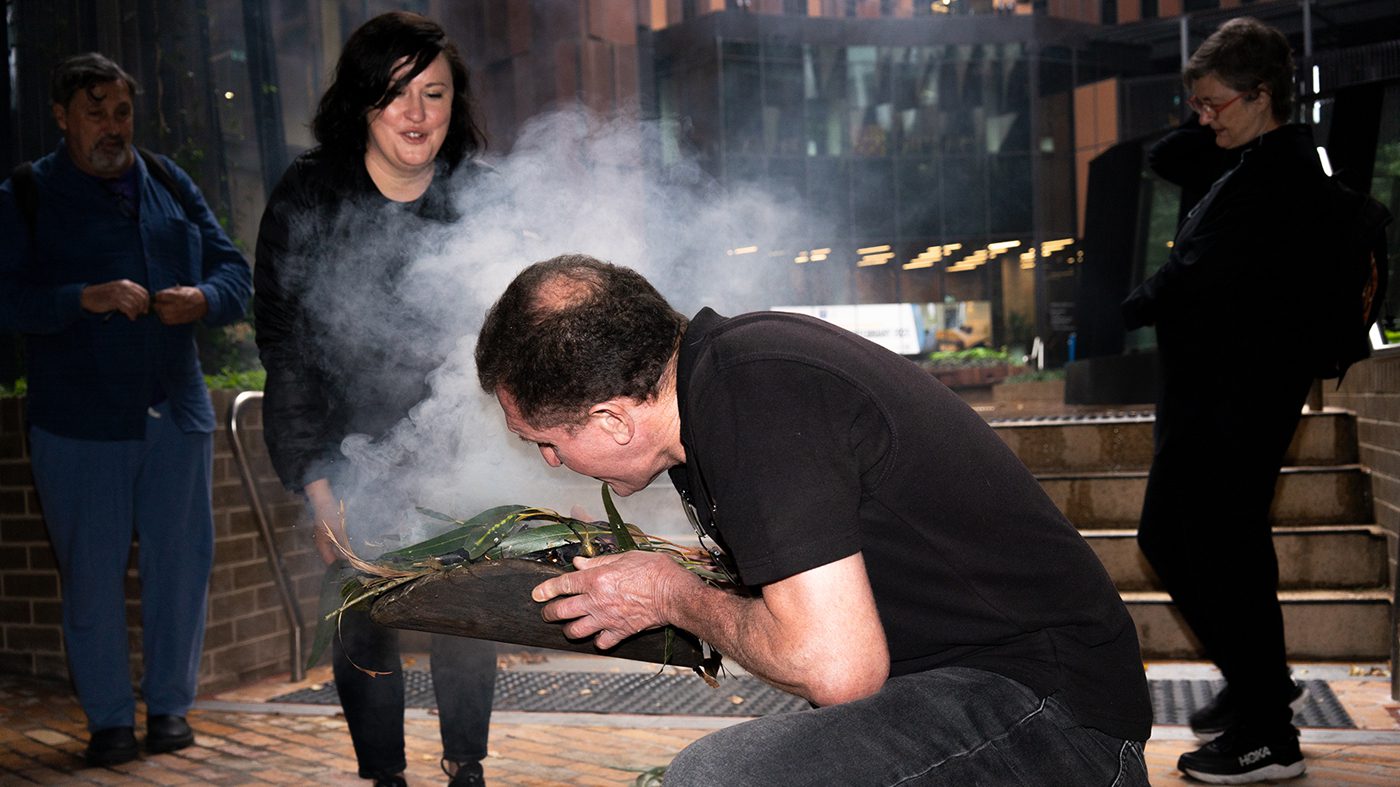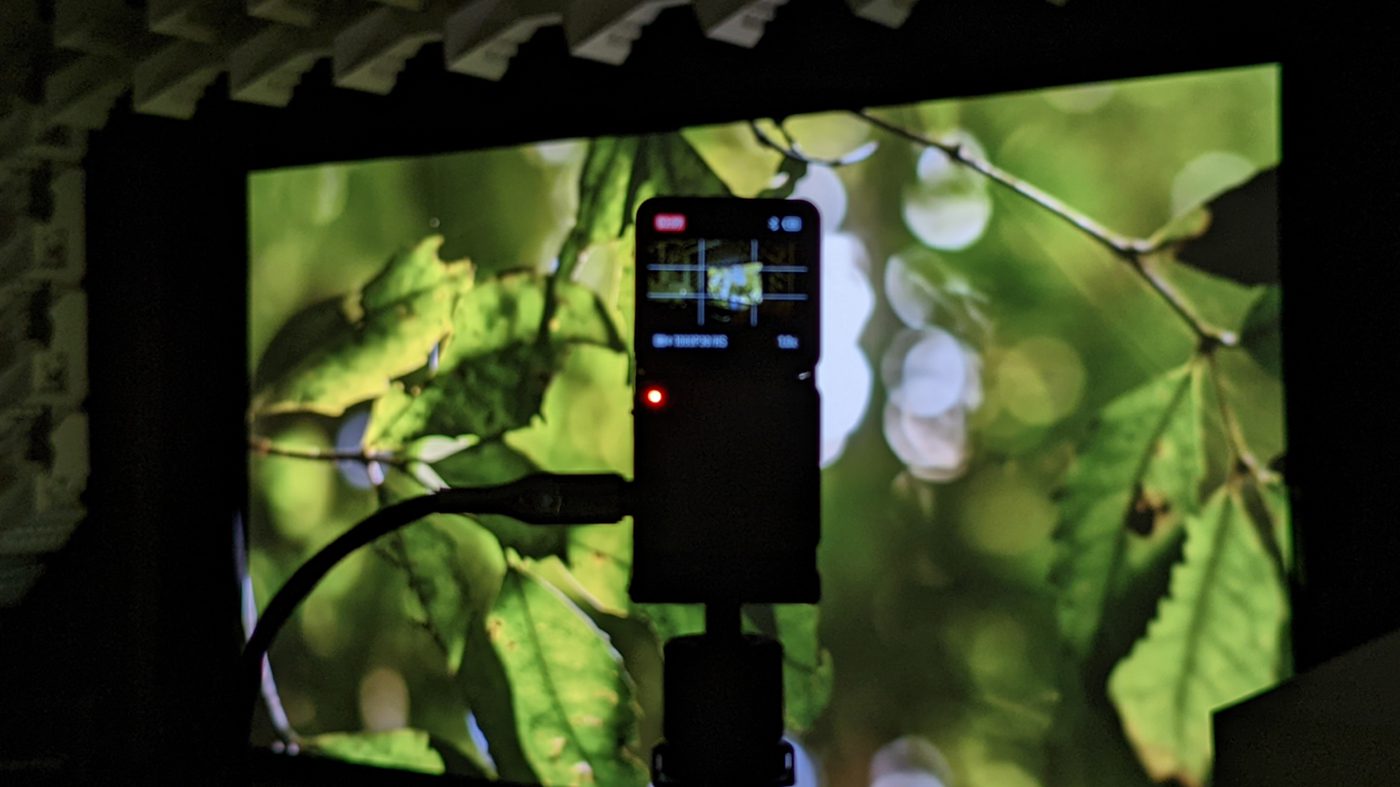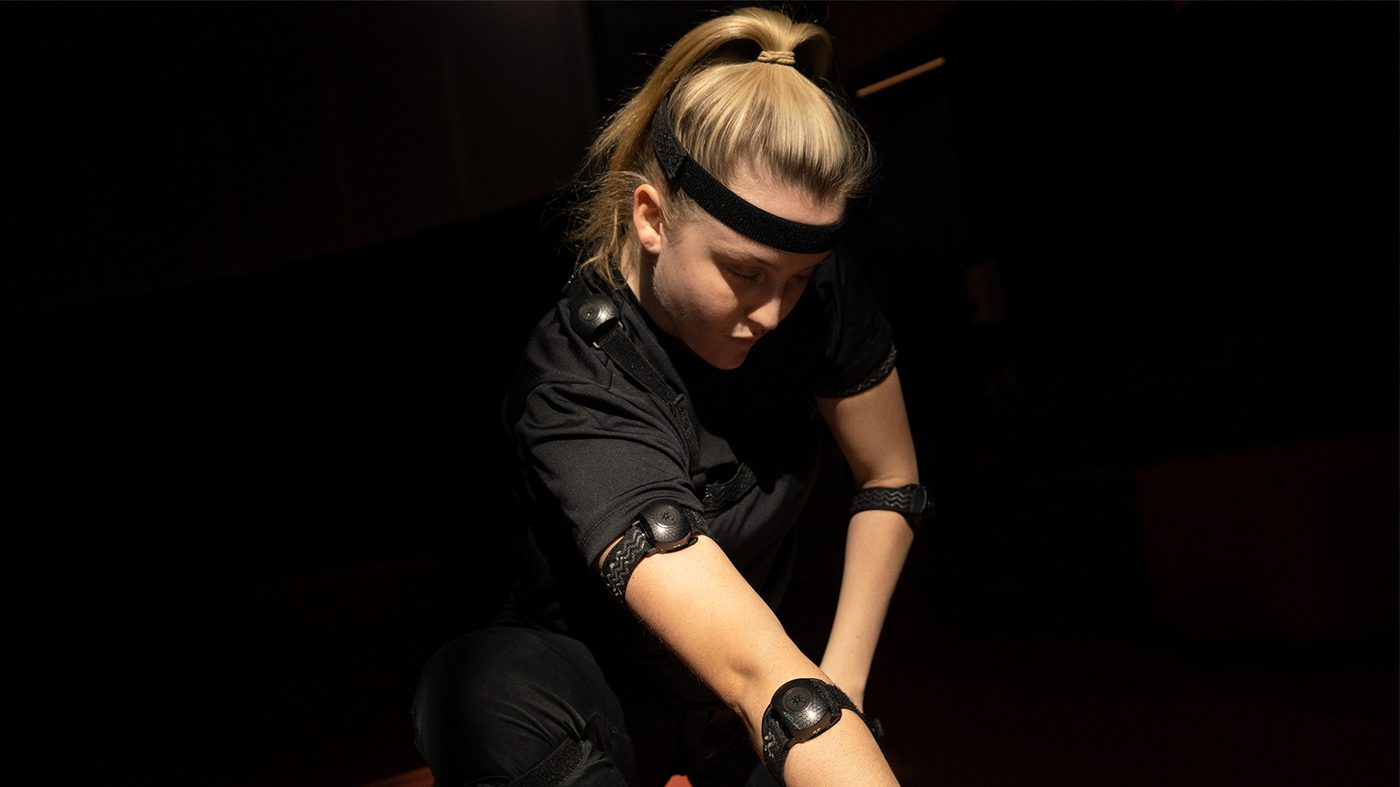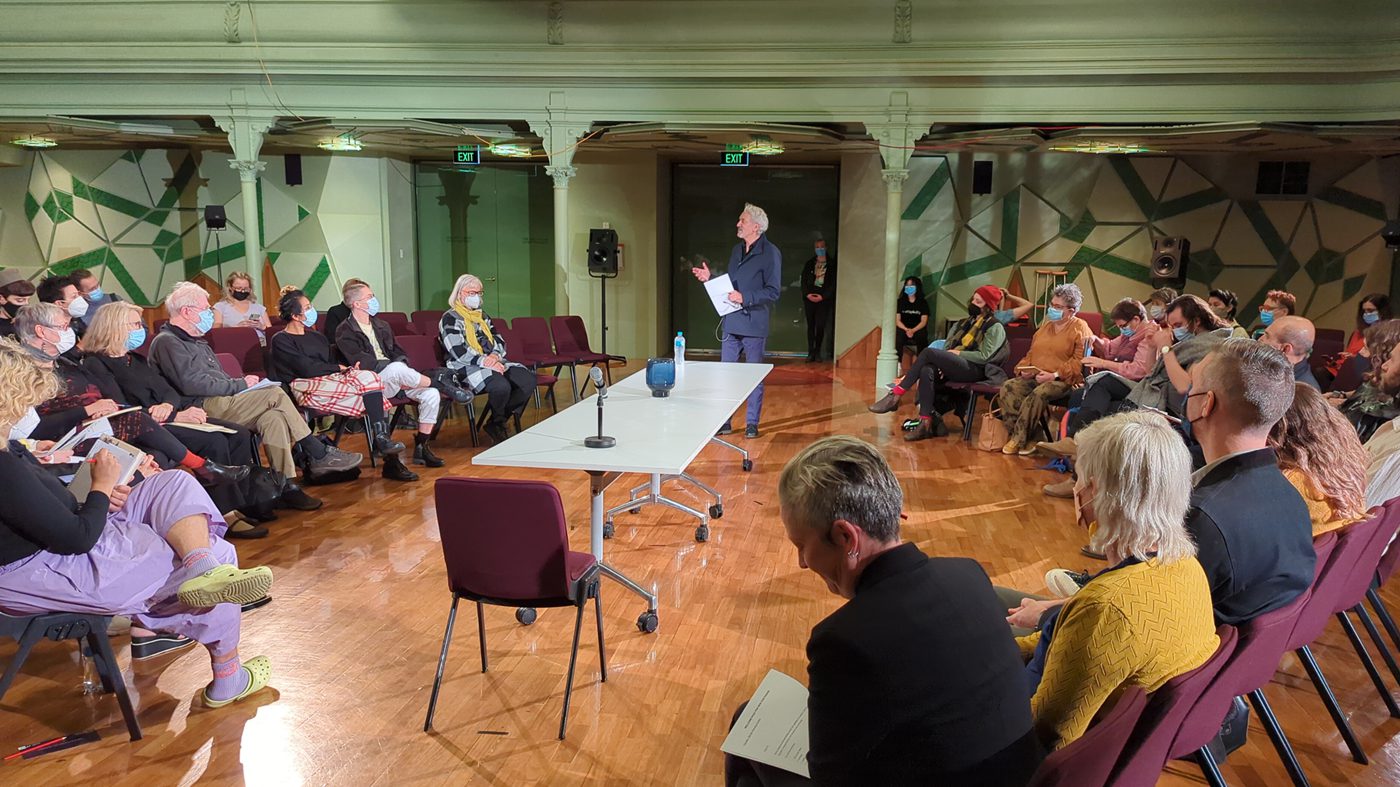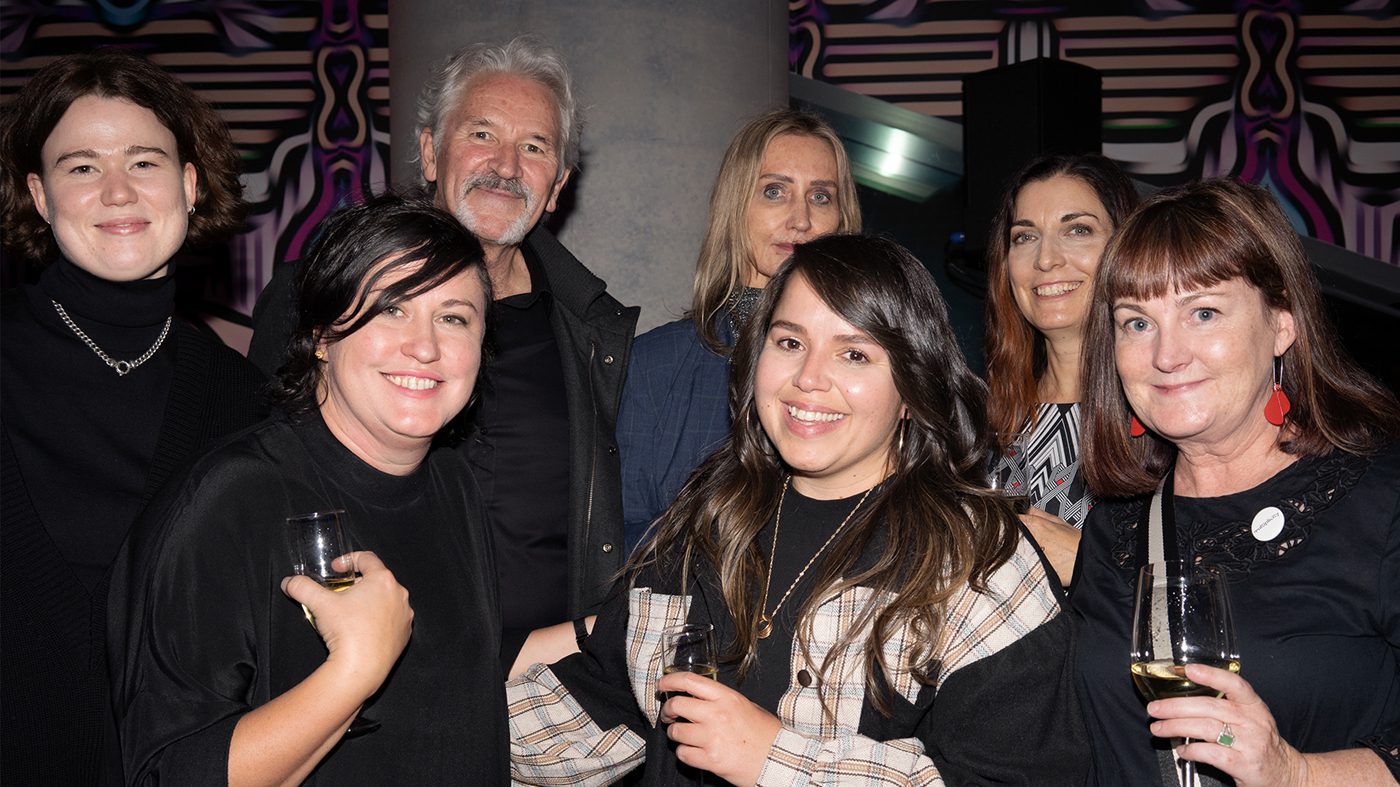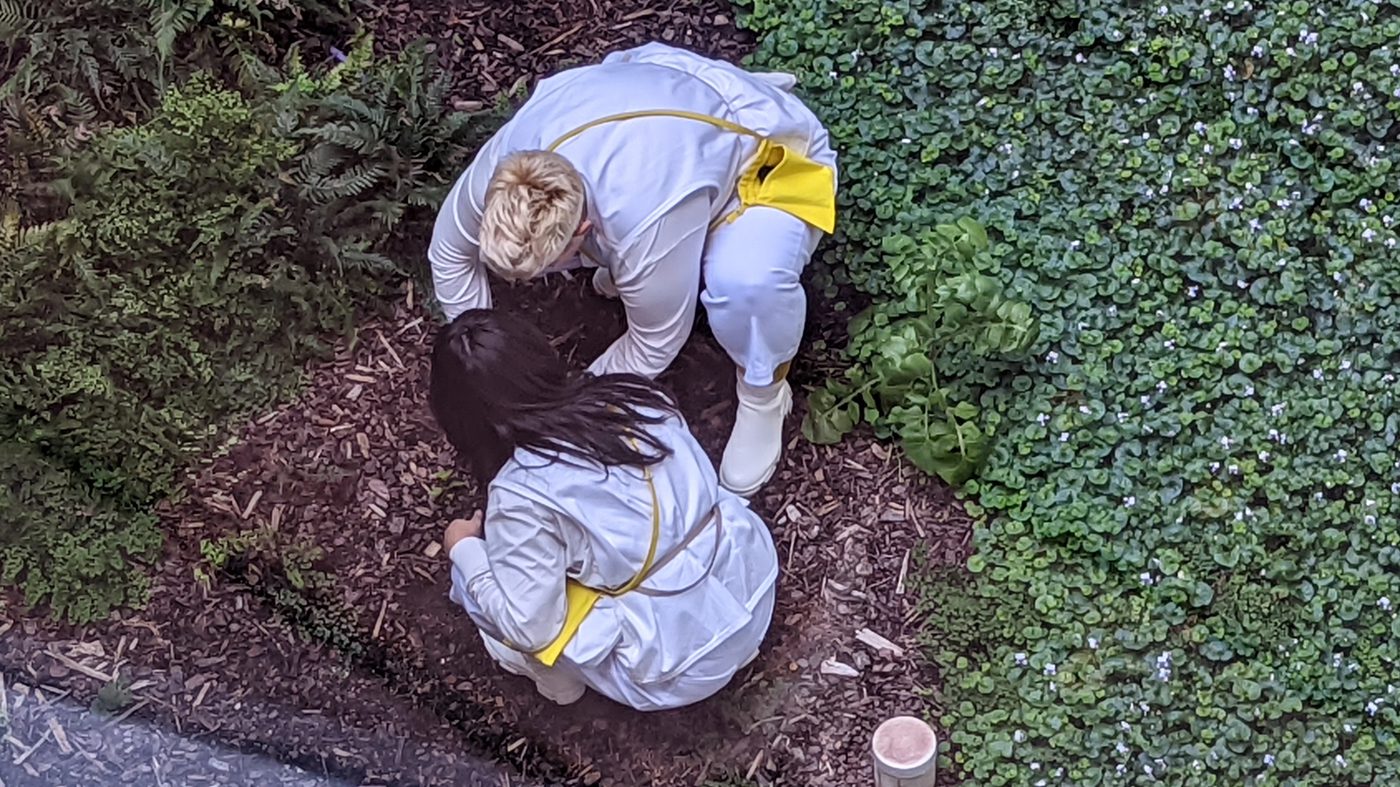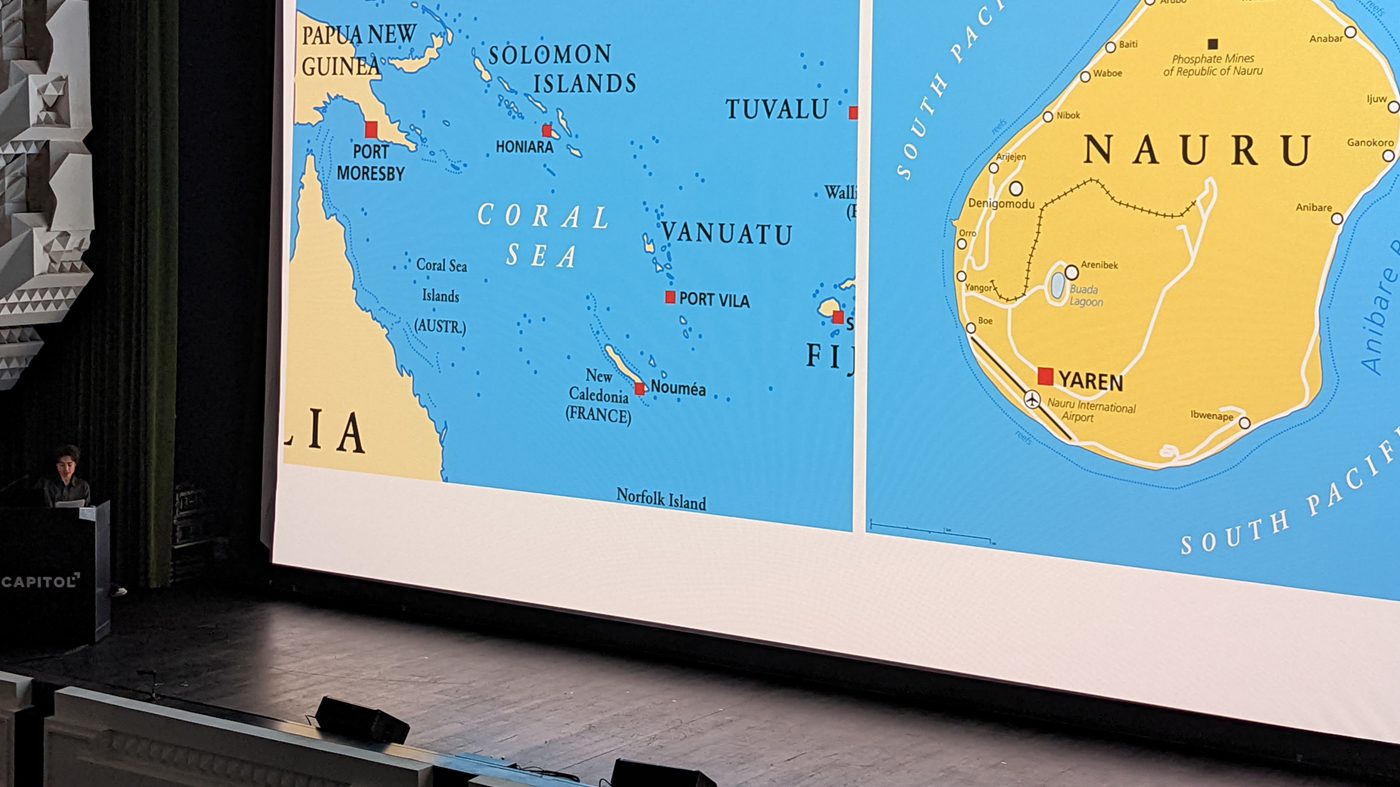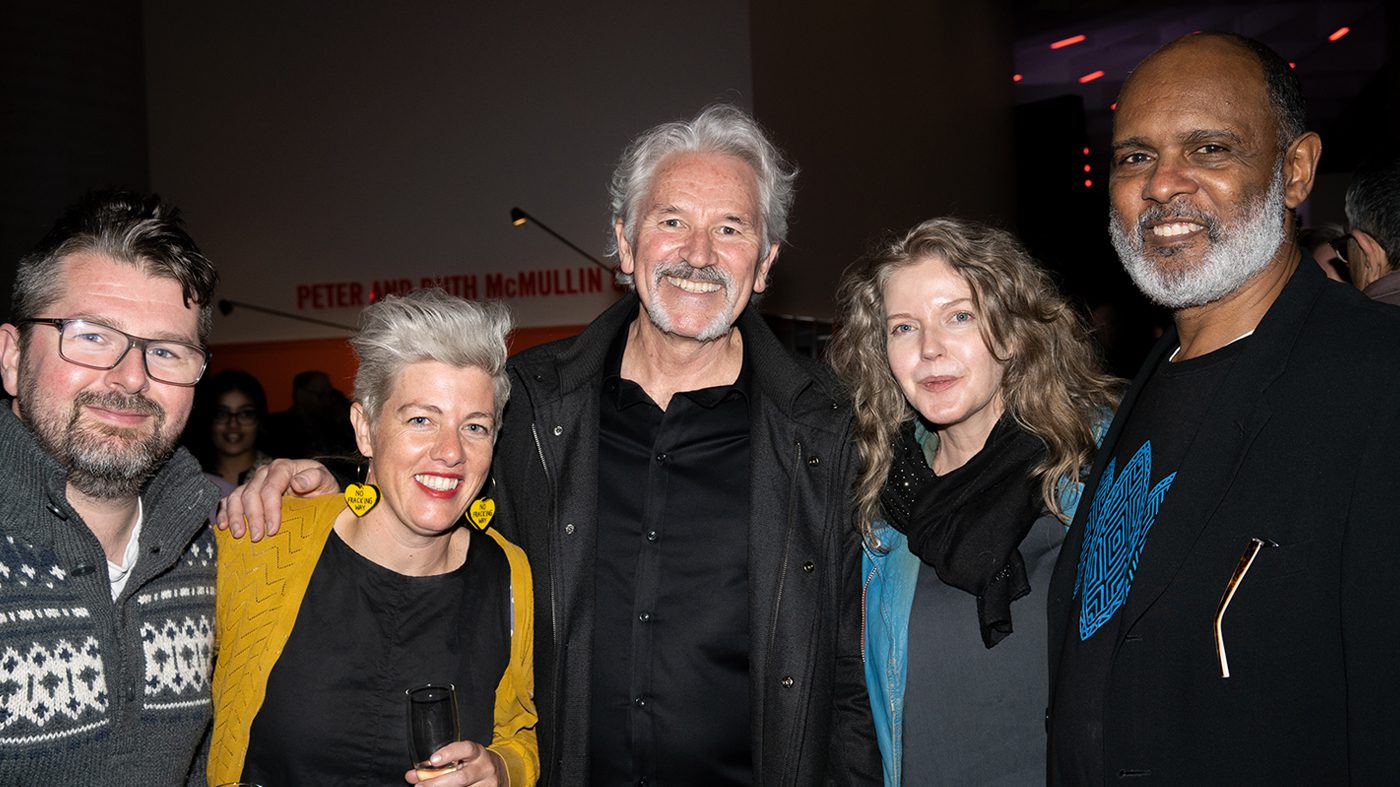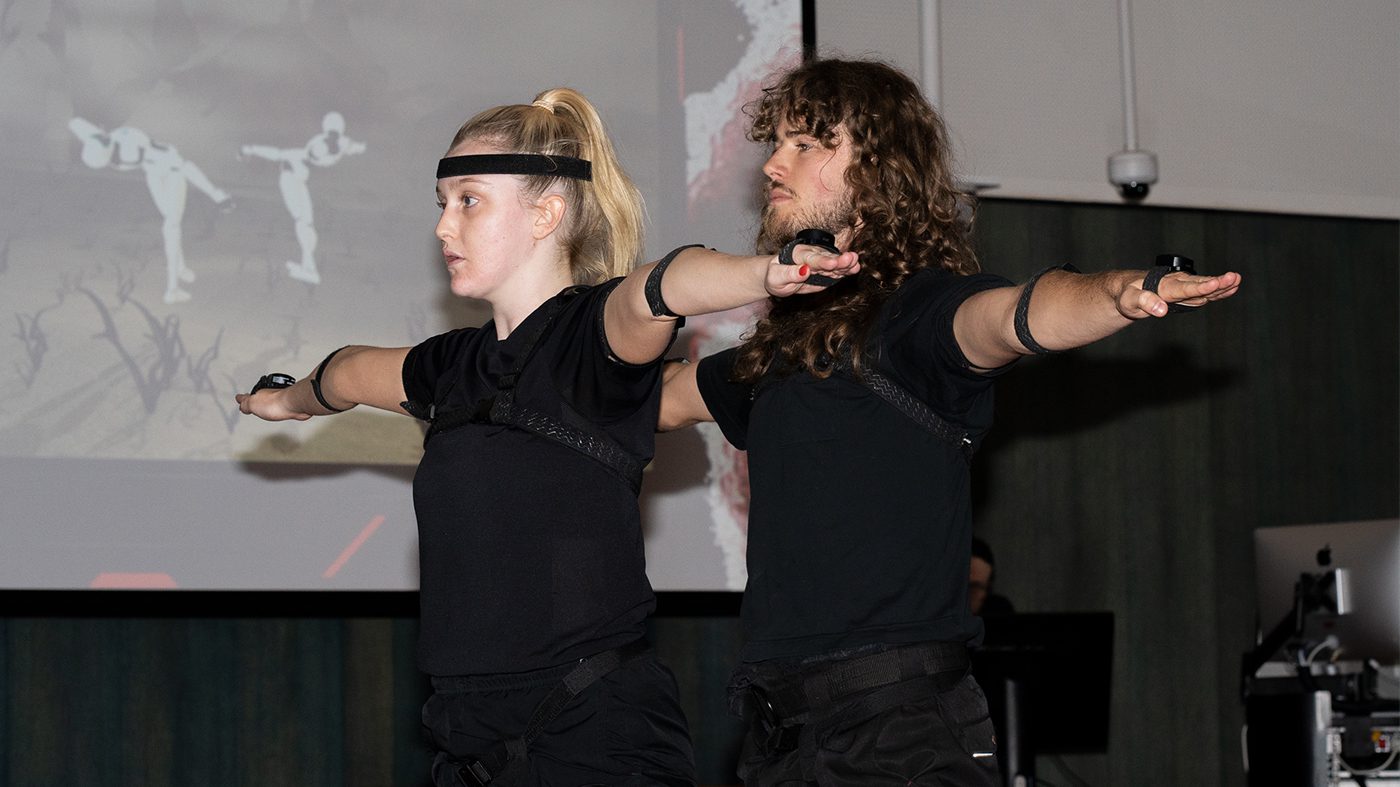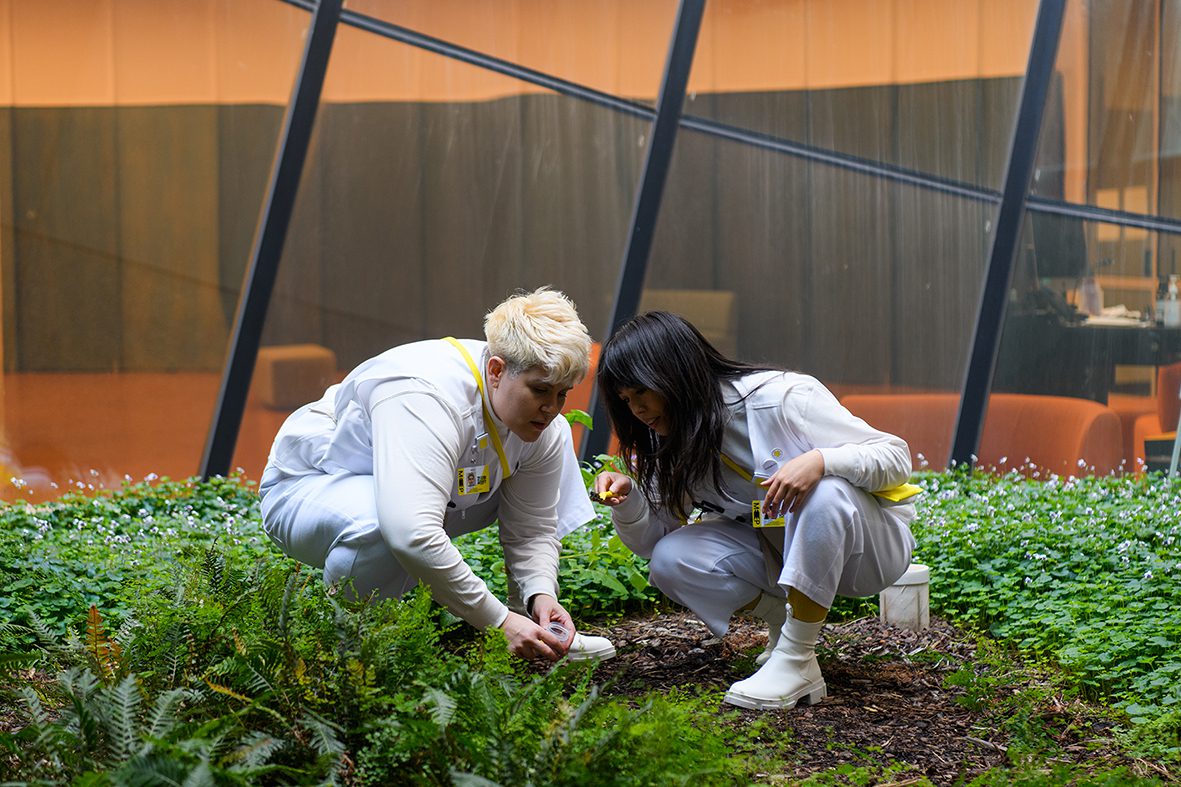Register your interest
JOIN OUR MAILING LIST FOR PROGRAM UPDATES:
Get Involved
Email [email protected] to help, volunteer, or participate in an event.
To create futures for the human and non-human worlds that are fair, just and sustainable, we need a multiplicity of new ideas, ways of thinking, strategies and sensibilities; we need new frames and behaviours, new discoveries, new points of entry. ANAT SPECTRA 2022: Multiplicity addressed the urgency of this challenge with a provocation to the ‘possible’ at the nexus of art, science and technology.
Foregrounding Australians working at the edge of experimental and anti-disciplinary practice, ANAT SPECTRA 2022: Multiplicity was presented online and in real life. In the midst of the global pandemic, we decided to resist the either/or approach to curation and delivery and built a new hybrid model which parlayed the strengths of online aesthetics and hard-wired them into a dedicated in-person, live program. We reconfigured the modes of public discourse, live performance, television production and interactivity to discover how we might present to the world what we see, feel and think when working at the intersection of art, science and technology. We felt this philosophy reflected the new, hybridised reality of our daily lives and acknowledged all the communities we try to serve.
In this spirit, ANAT SPECTRA 2022: Multiplicity provided a space for the joy and pleasure of the contest of ideas, research and creation, deliberations of their impacts and meanings for future societies, and the generation of new artworks that might help us get there. Our gathering was intersectional, intergenerational, antidisciplinary and reciprocal.
Across the five episodes of SPECTRAvision, we asked big questions.
From the building of a future city large enough to house the global population as the planet re-wilds to the integration of artificial intelligence in our daily life; from the role and agency of research in cultivating ideas and the processes required to turn them into new knowledge to the exploration of Indigenous futures in which technology is considered part of a continuum as opposed to a rupture in the timeline. And finally, we addressed the activation of our artistic and research practices as mediums for understanding and communicating the meaning of daily life to society.
In the process, many questions were asked, re-languaged and posed again as we sought, not so much answers, but a better set of questions.
Curated by David Pledger with Alex Kelly, Nina Sellars, Tony Briggs, Zena Cumpston, Robert Walton, Melissa deLaney and Zamara Robison, produced by Dearna Newchurch, Sophia Marinos, Damienne Pradier and Zamara Robison.
For our 3-day gathering, SPECTRALive, the discursive and imaginative space of the online world was replaced by live-ness, and our lines of inquiry adapted.
When we pose questions in person, allowing ideas to pass between us as bodies inhabiting a shared physical space, do we arrive at different understandings than when questions are conveyed at a distance online? Do we gain different insights? Are we led in entirely new directions? Do we listen differently?
Presented in assembly, symposium, performance and moving image modes, the creative patterns set in train over the previous four Spectravision episodes were newly weaved, cast aside and apprehended.. The intention was to expose, explore and amplify the dynamics of the current epoch and to use our resources collectively and vividly to consider our respective places and possible futures.
Curated by David Pledger with Alex Kelly, Nina Sellars, Tony Briggs, Zena Cumpston, produced by Maddie Collie.
The dramaturgical trajectory of ANAT SPECTRA 2022: Multiplicity was underpinned by the process of inquiry, the collective development and posing of questions to those working in the space of art, science and technology, questions about the kinds of futures we want to create, imagine and live in.
Some of these questions were posed in artistic form as Futured Artworks, including the MEEP Report delivered by our artists-in-residence from the future, and some were developed and proposed in discursive form by presenters. We share some of those here which we believe will resonate far into the future:
What traditional learnings or ways have you implemented into your daily life? If the answer is none, why?
Adnyamathanha/Narungga man, former elite athlete and indigenous leader, Adam Goodes
How can you work at the speed of trust?
Contemporary artist and academic, Baden Pailthorpe,
How can you, in your work, make room for Traditional Elders or custodians at the table, from the beginning?
Palawa-trawlwoolway woman, Professor Angie Abdilla
Speaking to Indigenous futures in the context of historical struggles, how do we learn together and break the cycle?
Curator, Future Cultures, Tony Briggs
How can we propose the exceptionalism of the human species when every day we breathe in the DNA of the non-human world?
Inspired by Helen Pynor’s work, 93% Human
If we might consider our whole body to be a discriminating ear, then how do we listen with our whole body, whether in-person or online?
Curatorial provocation from or Inspired by Ministry for Multiple Futures
And finally, we’d like to share some of the many incredible responses we have had from participants and audience to ANAT SPECTRA 2022: Multiplicity.
We were overwhelmed and humbled by the many positive responses we received, some of which we have posted below:
“Assembly for the Future (SPECTRAVision Episode 1) may be the most beautiful virtual experience I’ve attended. Content and speakers are excellent and each has a specific role plus accessible subtitles & Auslan, inclusive language, tech support and detailed virtual backgrounds…” Dr Kristin Alford, Director MOD. UniSA
“It gave me pause to think more deeply on Indigenous knowledge and experience, as well as ways artists are expressing new ethical and philosophical positions on art, science and ecology.” Participant
“ANAT SPECTRA gave me perspective on how to frame and present my research interests in order to engage more successfully with audiences. It also showed me how invaluable the live event is in conjunction with online gatherings.” Participant
“Especially I felt humbled and excited about being part of the new direction to lead with First Nation perspectives and have learnt a lot from listening and having those ideas positioned at the forefront of the conference as a model for how we can all work and think collaboratively and inclusively. Not as an act of inclusivity as a one off, but as a given.”
Erica Seccombe, ANAT Board and artist researcher
“Many congratulations again on the SPECTRAlive event, it was fabulous and provided a breath of fresh air for the art and science scene! I was proud and honored to be part of it.” Nina Sellars, Artist Researcher and ANAT SPECTRA 2022 Curatorial Circle
SANS FORGETICA
The multiplicity typeface is Sans Forgetica, a font designed using the principles of cognitive psychology by a multidisciplinary team of designers and behavioural scientists from RMIT University. Sans Forgetica is more difficult to read than most typefaces – and that’s by design. The ‘desirable difficulty’ you experience when reading information formatted in Sans Forgetica prompts your brain to engage in deeper processing.’
ANAT
Collaboration is in ANAT’s DNA. We forge relationships across industry, academia, the community and government to create unique opportunities for artists. We deliver residencies, symposia, workshops and other professional pathways, supported by robust national and international networks. For over 30 years from its home base in Adelaide, South Australia, the Australian Network for Art & Technology has been at the forefront of the international community of artists working with the science and technology sectors.
ANAT expedites experimentation across art, science and technology by identifying opportunities and delivering projects that enable artists to contribute meaningfully to Australia’s reputation for creativity, diversity and innovation.
ANAT is the early adopter of the Australian arts sector. We introduce artists to new experiences, with partners drawn from areas with limited exposure to the transformative power of the arts. We channel experimental artists and those working with emerging forms of research and practice into the broader arts sector and creative industries.



